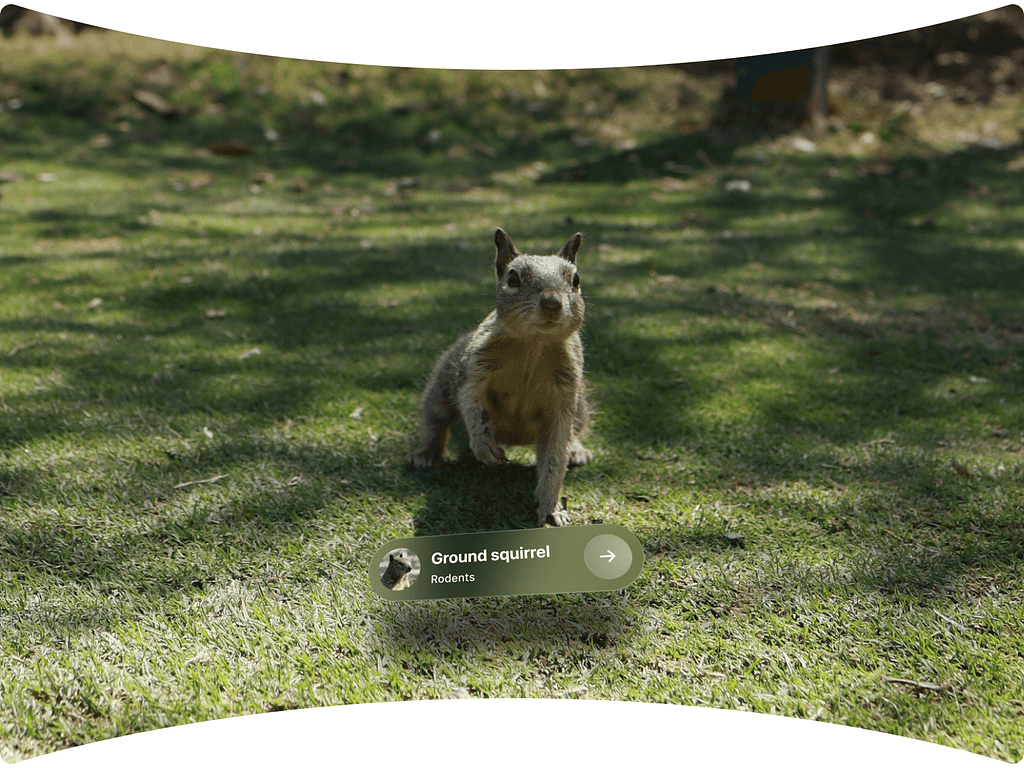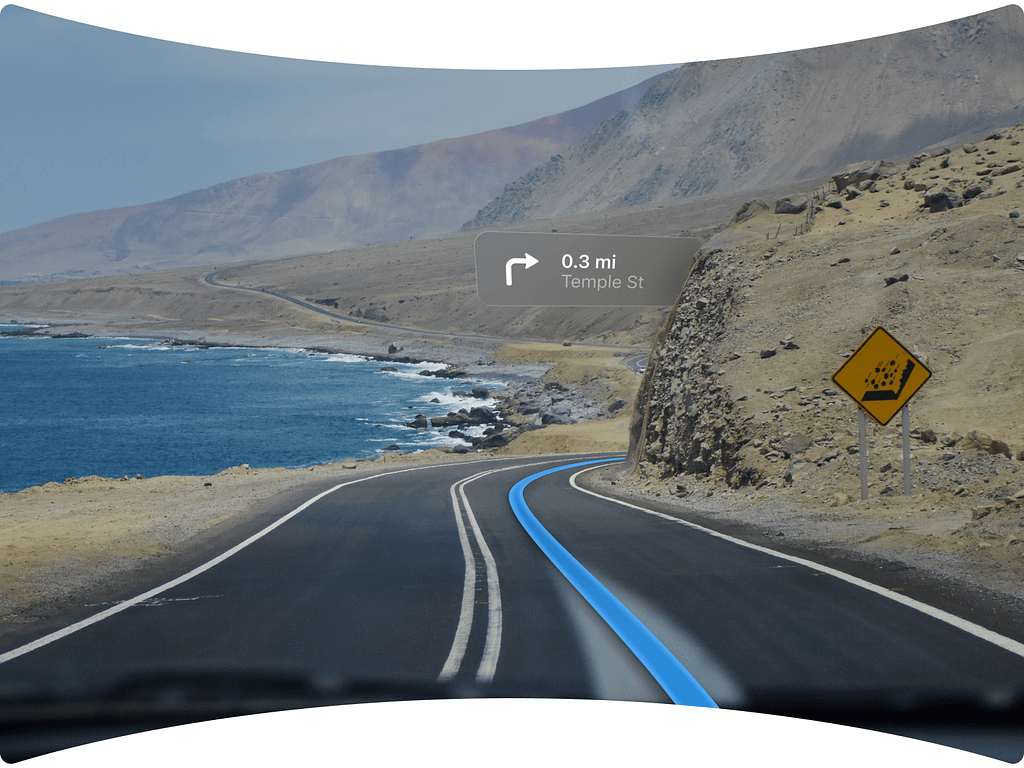Exploring AR possibilities beyond games and entertainment

Over the past decade, augmented reality (AR) has evolved from an immature technology, first gaining recognition through the game Pokémon Go, IKEA’s AR catalog, and the facial filters from Snap and Instagram. Today, it extends into practical realms such as AR navigation in Google Maps, virtual try-on shopping experiences from brands like Sephora, Nike, and Gucci, or a revolutionary education approach that enables interaction study of human anatomy or complex industrial tasks with Microsoft’s most advanced headset — the HoloLens 2.
On top of that, one of the industry leaders Meta is pushing boundaries with the Meta Quest 3 headset, with its improved pass-through mode that creates new opportunities for the AR gaming industry, and the Meta Smart Glasses, offering live streaming, calls, and integrated Meta AI assistant. Moreover, the anticipated Vision Pro headset by Apple, set to launch in early 2024, introduces Spatial Computing, revolutionizing how we interact with computers today. These developments are undoubtedly thrilling, yet it seems we are still only scratching the surface of AR’s full potential.
Most AR devices on the market today lack one thing — interaction with the physical environment. Even the most advanced headsets like the Vision Pro don’t fully integrate with the world around us.
The possibilities of interactive augmented reality
As we delve into this topic, I’ll show you some ideas on how AR can be integrated into our daily lives beyond games and entertainment. Think about using AR to learn about things you see but don’t know much about, to help you when you’re driving, or to guide you through cooking your grandma’s special dish. There’s a lot we could do with AR, and I’m excited to share some examples with you.
1. Identify
Augmented reality makes it easy to explore and learn about the world around you. The AR devices might be able to identify objects you see and display more details about them in front of you. For example, if that’s a thing you might want to buy, it can suggest an option to look for similar products online.

For the in-store experience, you might not even need the consultant, and learn everything you want about the product just by looking at it.

Identifying objects can be even life-saving, for example, identifying potentially harmful objects, such as poison or toxic plants, or just providing details about the houseplant you’re considering purchasing.

Similarly, this capability could be beneficial for outdoor activities, where AR glasses could offer insights about fauna for both curiosity and safety. For instance, if you encounter wildlife on a hike, the glasses could suggest ways to avoid contact with that species — unless, of course, it’s just a squirrel.

2. Explain
With AR people can see explanations of objects and places in the real world. For instance, while visiting a museum, users can access detailed descriptions, historical facts, and artist information when viewing exhibits through AR glasses.

3. Translate
An AR glasses can translate anything you see into your language. For example, when traveling in Japan you don’t have to learn Japanese, you can just gaze at the sign you need to translate.

4. Guide
AR can offer step-by-step cooking instructions, superimposing visual guides on ingredients, cooking tools, or time it takes to cook something, which makes it easier to follow recipes.

5. Navigate
Augmented reality can revolutionize the way we navigate, offering a safer navigation interface so users won’t be distracted by their in-car display or a smartphone, they will always keep their eyes on the road, and still get all the features the modern navigation app provides.

6. Review and compare
AR can allow users to access product reviews, ratings, or additional information by simply scanning items they look at, facilitating more informed purchasing decisions, comparing the prices online, and ensuring that they get the best deals.

7. Expand
Expand your current workspace with multiple virtual monitors allowing you to multi-task without having a physical external display. It might be even more beneficial if you travel, and don’t have access to your physical workspace.

So where are we now?
The future is closer than we think. Some of the concepts in this article already exist, but several factors currently hold us back, mainly because the size of the most advanced headsets makes them impractical and even unsafe for outside use. Although smaller devices like Meta Smart Glasses and Snap Spectacles are available and suitable for outdoor use, their capabilities significantly lag behind those of larger headsets. The ideal device would strike a balance, combining the compact form of small glasses with the advanced features of Apple Vision Pro. This device would not just exist in isolation but would understand our world and interact with it seamlessly.
The ideal device would strike a balance, combining the compact form of small glasses with the advanced features of Apple Vision Pro.
Today’s challenge reminds me of the early days of personal computers, which were powerful but cumbersome and confined to desks. Similarly, the clunky brick phones of yesteryear have evolved into sleek, pocket-sized powerful computers. Augmented reality is poised for a similar transformation. Smaller, faster, smarter, and more intuitive devices may become an ordinary thing in people’s lives as smartphones did 15 years ago, establishing a new norm. The only question is when.
Selected articles to explore more about this topic:
- What Would Augment Reality by Luke Wroblewski
- 39 Ways AR Can Change The World In The Next Five Years by Yitzi Weiner
- How Apple prepared for their Augmented Reality headset by Jonny Daenen
Alex Khomutov is an award-winning designer with almost a decade of experience designing digital products that simplify, organize, and enhance people’s lives. Summarly, the products he has designed are used by more than 30,000,000 people around the world.
The unseen potential of augmented reality was originally published in UX Collective on Medium, where people are continuing the conversation by highlighting and responding to this story.

Leave a Reply